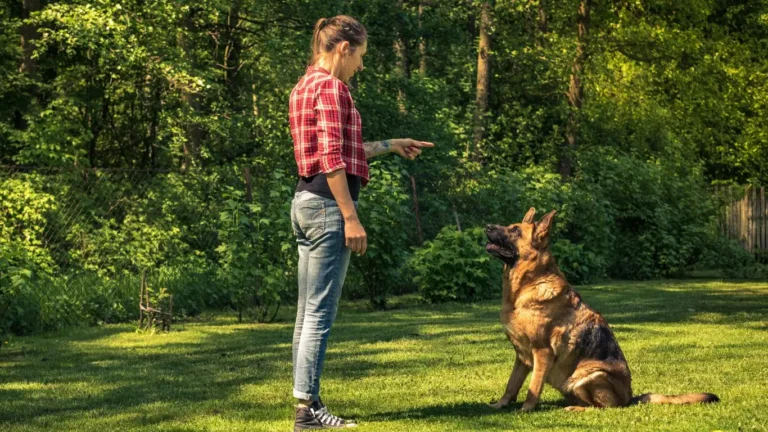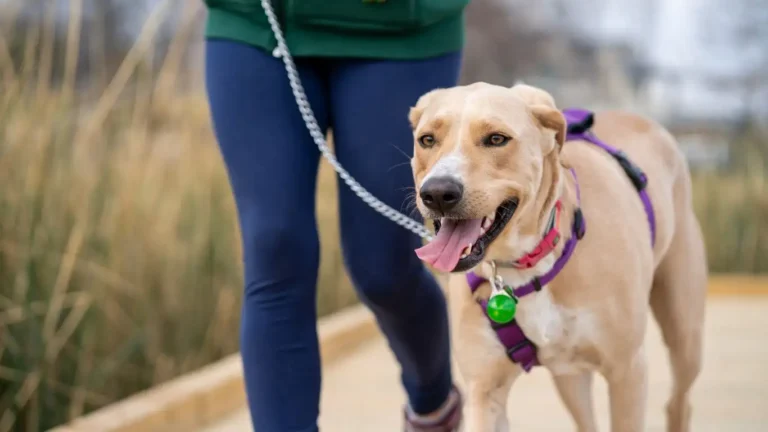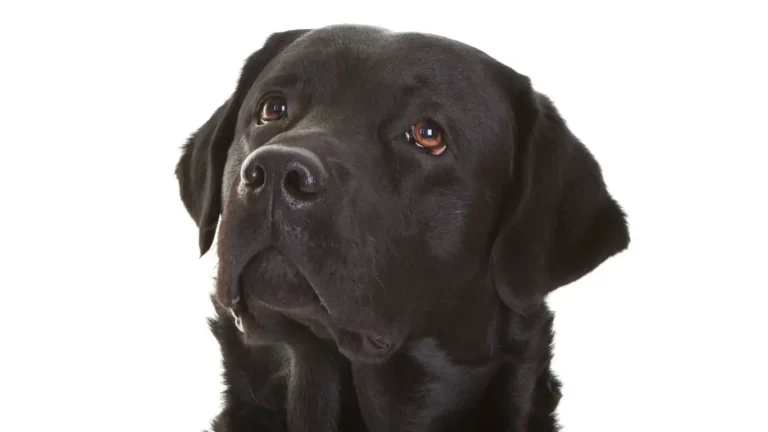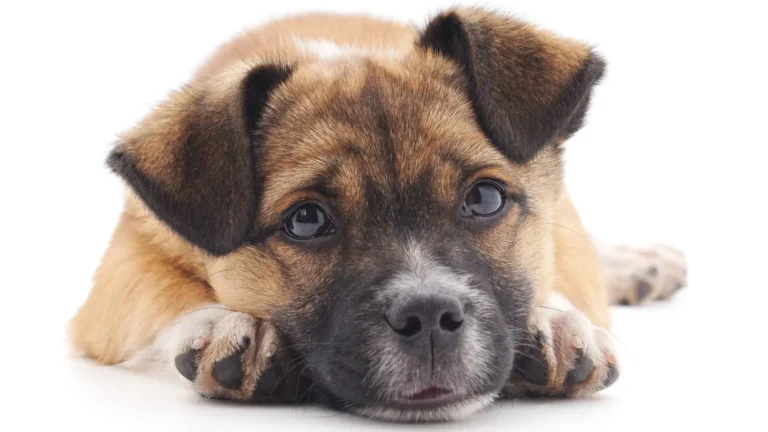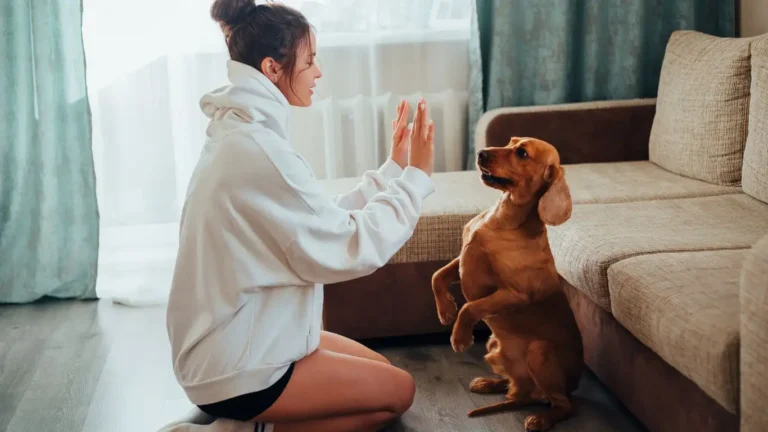How to Train a Dog to Enjoy Routine Brushing Without Stress
If you’ve ever tried brushing your dog and ended up with a hairy mess, a squirmy pup, and a lot of frustration, you’re definitely not alone. One of the most common questions I get asked as a Canine-Assisted Therapy Trainer is how to train a dog to enjoy routine brushing. It’s a fair question—and the answer isn’t as complicated as it seems, but it does take a little patience, the right mindset, and some smart techniques. Let’s be honest: most dogs aren’t born loving a grooming brush. But with the right approach, brushing can actually become a calm bonding ritual that both of you look forward to. I’ve seen this transformation happen countless times with therapy dogs, and yes—even with stubborn little stinkers who used to run for the hills at the sight of a brush.
Why Brushing Feels Like a Battle
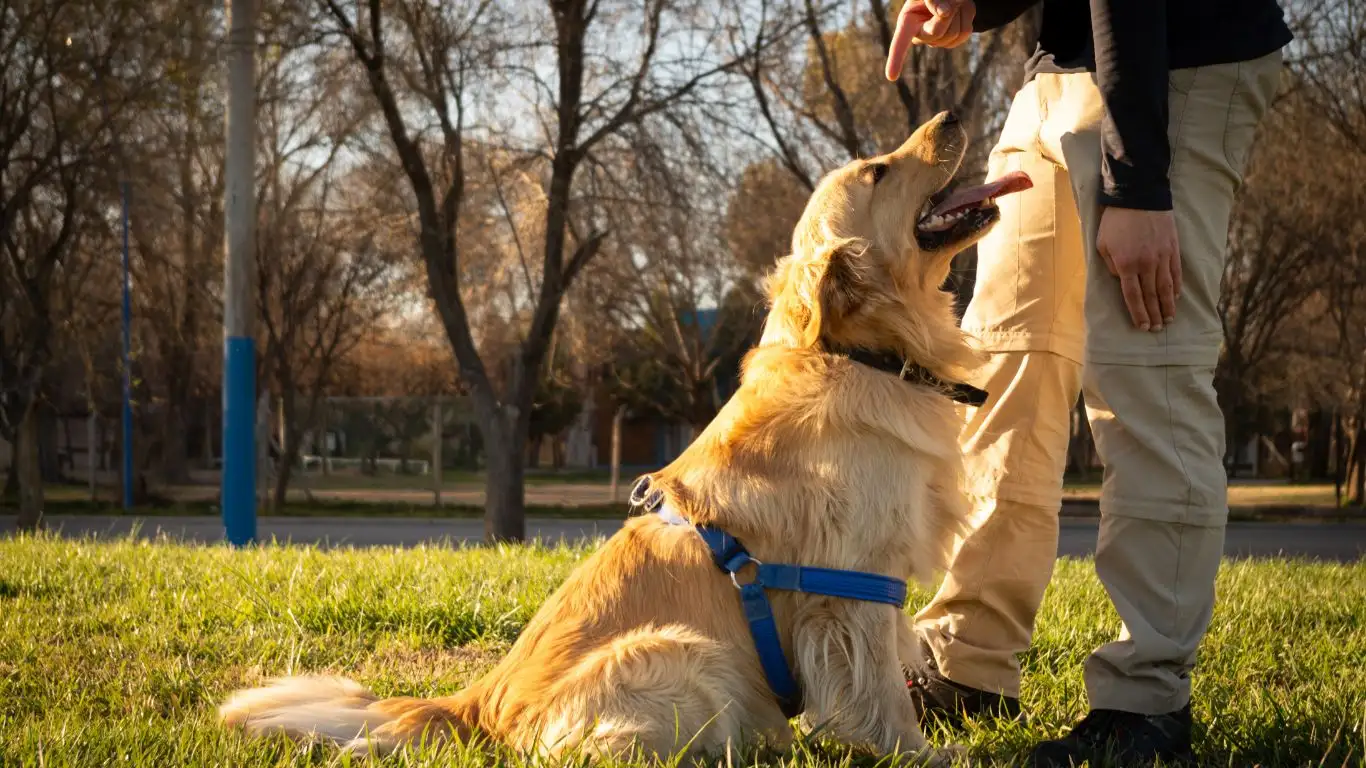
First, let’s talk about why your dog might be dodging the brush in the first place. From what I’ve seen, most pups associate brushing with something uncomfortable or just plain weird. Think about it—if no one explained to you what a toothbrush was and someone came at you with it, you’d freak out too. Same goes for dogs.
Here are some common reasons dogs dislike brushing:
- Bad past experiences: If they’ve been tugged too hard or surprised by sudden grooming sessions, they’ll remember it.
- Wrong tools: Harsh brushes can scratch sensitive skin, especially on short-haired or senior dogs.
- Sensory overload: Brushing when your dog is already anxious, excited, or tired can be a recipe for disaster.
- No prep or training: If your dog wasn’t eased into the brushing process, it can feel invasive and unnatural.
When I’m working with therapy dogs in training, I always treat brushing like a skill—not just a chore. And that mindset shift alone makes a massive difference. Your dog isn’t “bad” at being groomed—they just haven’t learned how to be comfortable with it yet.
Step One: Building Positive Associations
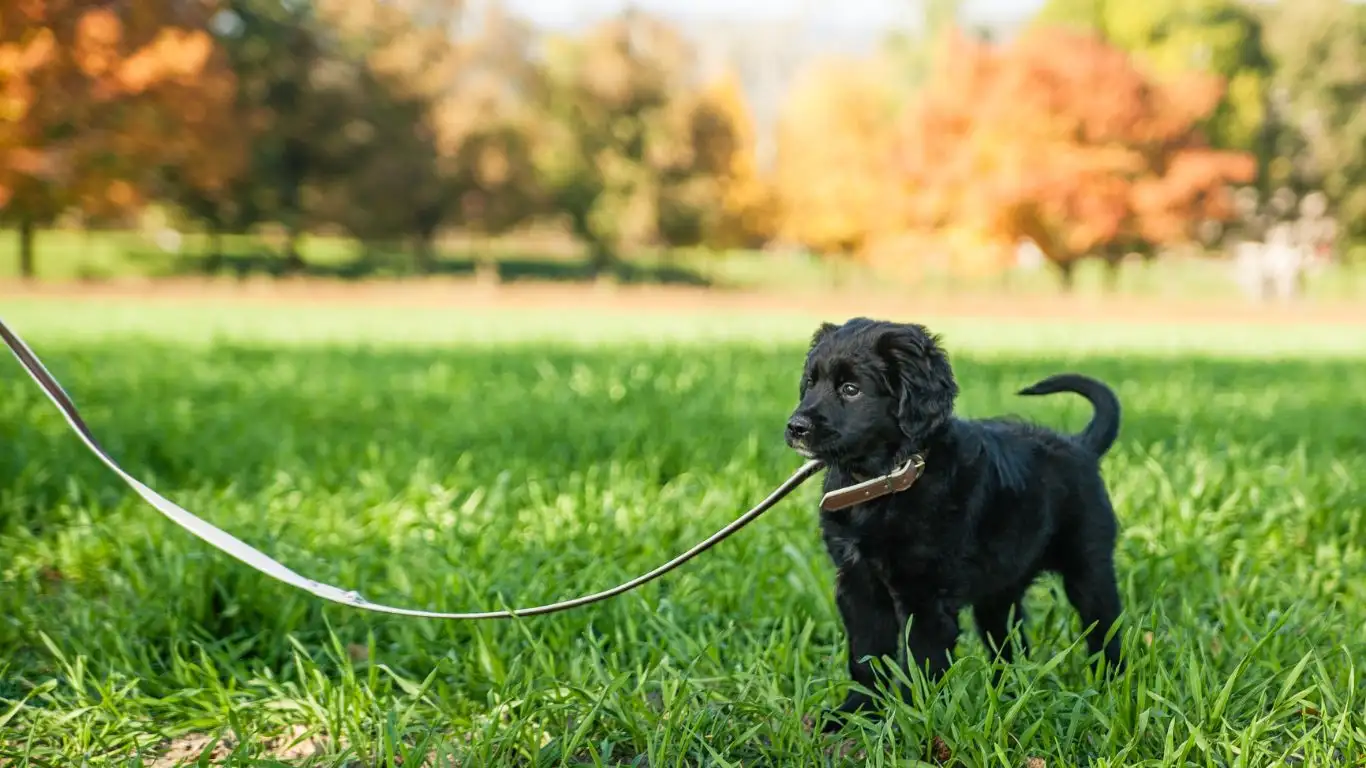
If you want your dog to enjoy being brushed, you’ve got to make brushing feel like a good thing. And by “good,” I mean treats, praise, and all the tail-wagging vibes. This is something we do religiously with therapy pups—especially during the early training phases.
Make the Brush a Fun Object
Before you even start grooming, let your dog sniff and explore the brush like it’s a new toy. Reward them with a treat when they show curiosity. Do this a few times a day for a couple of days. No brushing yet—just bonding.
Start Small—Like, Really Small
Once your dog is cool with the brush just hanging around, try brushing one stroke on their back and immediately following with a treat. That’s it. One stroke. Don’t overdo it. The key here is ending the session before your dog gets uncomfortable. Think of it like building tolerance at their pace.
Timing is Everything
I’ve learned through experience that trying to brush a high-energy dog post-walk works far better than trying to do it when they’re bouncing off the walls. Aim for a moment when they’re naturally relaxed—maybe after a play session or when they’re winding down for the evening.
Training a Dog to Enjoy Routine Brushing: Habits That Stick
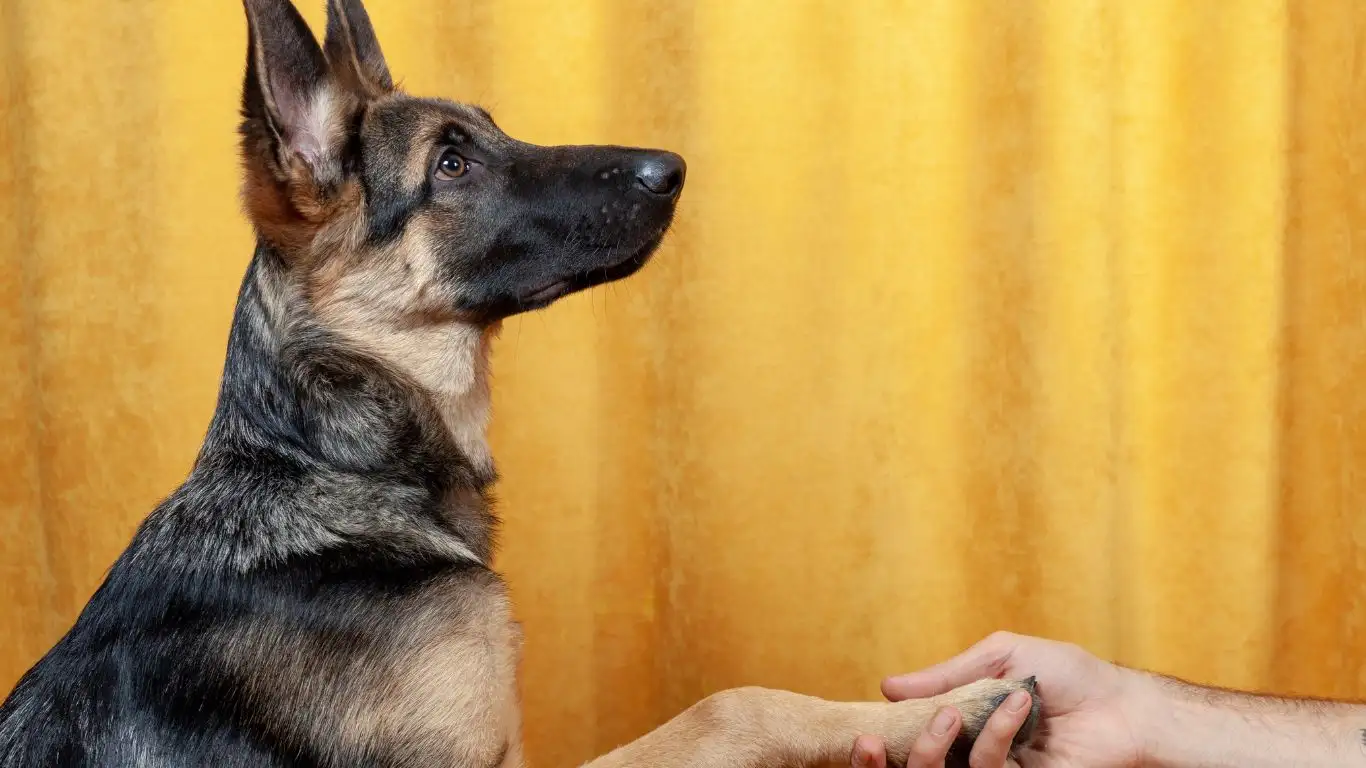
Once your dog starts to feel okay about brushing, consistency is your best friend. Dogs thrive on routine. The more brushing becomes part of their regular schedule, the less weird it will feel to them. And honestly? That goes double for therapy dogs, who have to look and feel their best before every visit.
Stick to a Grooming Routine
Whether it’s once a day or twice a week, keep it consistent. Dogs love knowing what’s coming next. I even have a client who plays the same calming playlist every time she brushes her Labrador—it’s like a spa session at home.
Read Your Dog’s Body Language
Watch for signs of tension—tail tucked, ears pinned, stiff posture. If you spot these, pause and let your dog reset. Pushing through discomfort won’t build trust; it’ll break it. Reward calm behavior and always end on a good note—even if the session only lasted a minute.
Trust me, once your dog realizes that brushing equals yummy treats, gentle strokes, and praise, they’ll be much more cooperative. It won’t happen overnight, but with some patience (and maybe a little peanut butter), brushing can go from battle to bonding time in no time.
Choosing the Right Tools for the Job
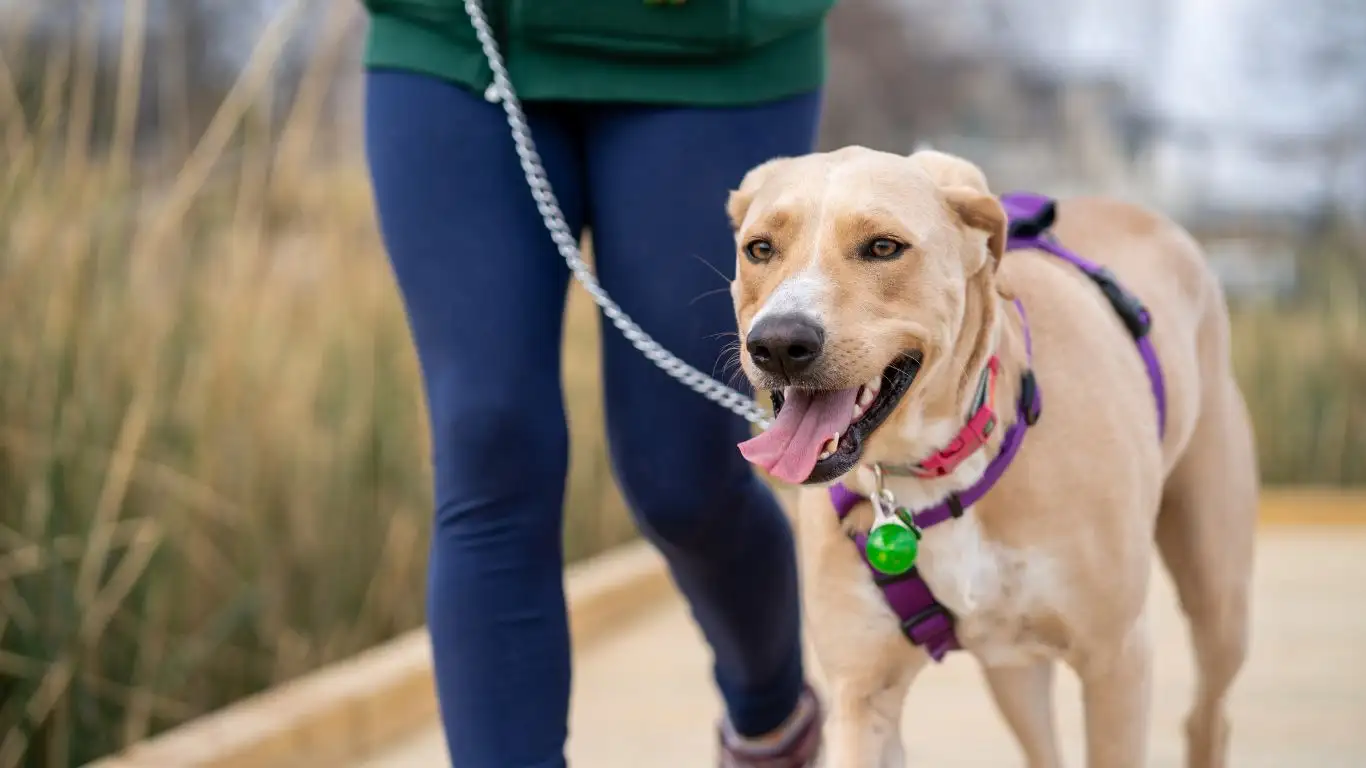
Alright, let’s talk gear. One thing I’ve learned over the years—especially working hands-on with therapy dogs of all sizes—is that not all brushes are created equal. If you want to figure out how to train a dog to enjoy routine brushing, you’ve gotta start with the right tools. It’s like trying to slice a tomato with a butter knife. Technically possible… but why would you?
Different dogs have different coat types, and what works beautifully on a Golden Retriever will probably be a nightmare on a Yorkie. I can’t tell you how many pet parents I’ve helped just by switching up their brush choice. Suddenly, their dog isn’t squirming or whining anymore—they’re actually sitting still!
Brush Types to Know
- Slicker brushes: Great for medium to long coats, especially if your dog has a thick undercoat.
- Bristle brushes: Better for short-haired pups like Boxers or Beagles.
- Rubber curry brushes: My go-to for sensitive or skittish dogs—they feel more like a massage than grooming.
Pro Tip: Always test a new brush on your own forearm first. If it feels scratchy or harsh, it’ll feel the same way to your dog.
Turn Brushing into Quality Time
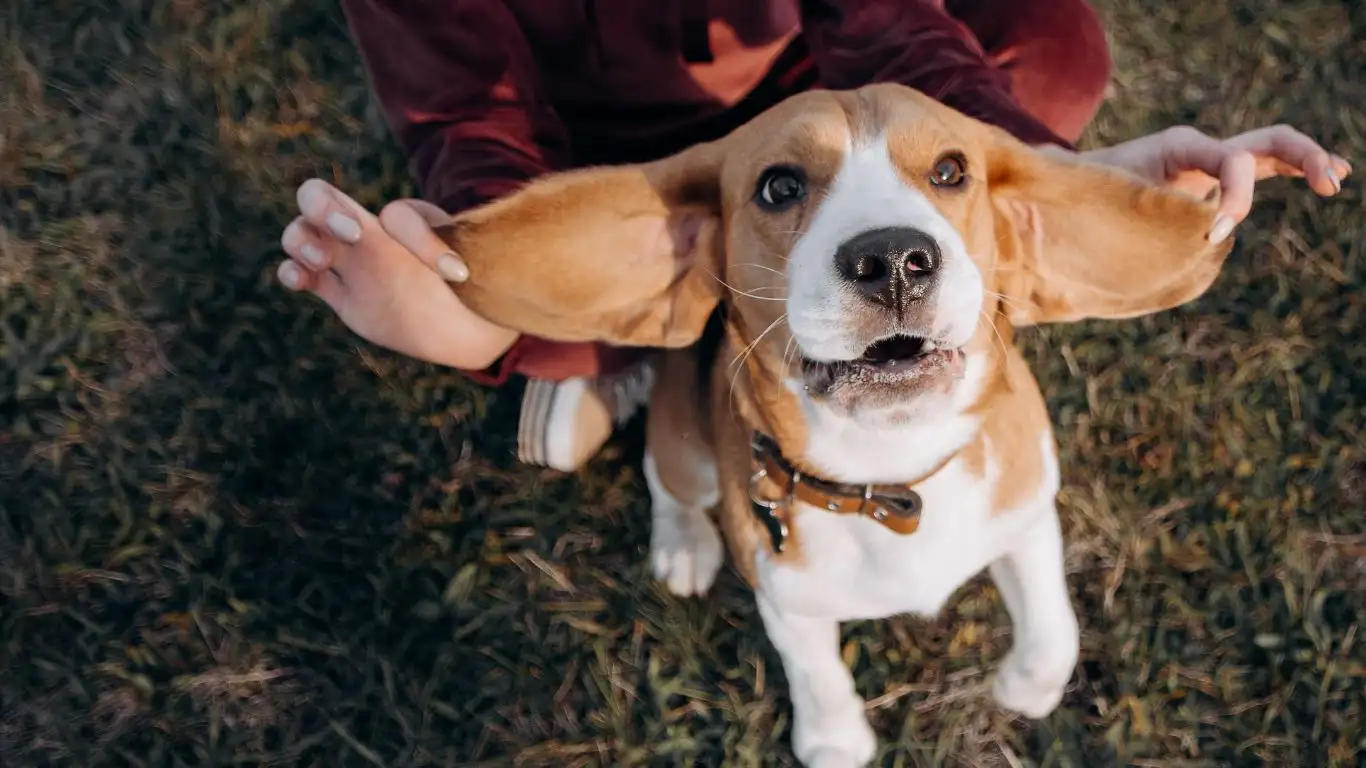
Here’s the truth most people miss: brushing shouldn’t just be about hygiene—it should feel like connection. I tell my clients all the time, “This isn’t just about grooming; it’s a moment to check in with your dog.” Especially with therapy dogs, grooming doubles as an emotional touchpoint. If they’re feeling off or uncomfortable anywhere, I’ll usually pick it up during these calm one-on-one sessions.
Ritual Over Routine
Try making brushing part of a full little ritual. Maybe start with a soft voice and some gentle petting, follow with brushing, then finish with playtime or a treat puzzle. This combo reinforces that brushing is just one small (and positive) part of your dog’s day.
Use Calm Energy
One of my therapy pups, Bella, would flinch every time she heard the click of the grooming box. So instead of grabbing the brush like I was clocking into a shift, I’d sit on the floor with her, talk softly, and let her come to me. That tiny change worked wonders. Remember, your vibe matters. If you’re rushed or tense, your dog will pick up on that energy instantly.
Common Brushing Mistakes (and How to Dodge Them)

Even the most loving dog parents make some classic missteps when trying to train their pup to enjoy brushing. It’s nothing to beat yourself up over—we all learn through trial and error. Here are a few big ones I see on repeat, along with how to fix ’em:
- Too much, too fast: You don’t need to finish the whole body in one go. Break sessions into 1-2 minute segments throughout the day.
- Starting in sensitive spots: Avoid the tail, ears, and paws at first. Begin with the back or sides, where dogs are usually more tolerant.
- Brushing matted fur without prep: Mats can pull the skin and really hurt. Use detangler spray or gently separate with fingers before brushing.
- Forcing stillness: If your dog tries to walk away, give them a breather. Brushing shouldn’t feel like a punishment or a trap.
And don’t forget—the goal isn’t a perfectly groomed coat every single time. It’s about creating a routine your dog doesn’t dread. Over time, they’ll start relaxing more, even leaning into the brush like they’re asking for more (yes, it happens!).
Using Treats and Rewards the Right Way
We’ve touched on using treats already, but let’s dig a little deeper. Positive reinforcement is one of the most powerful tools in dog training—and brushing is no exception. But the timing, type, and delivery of treats matter more than people think.
High-Value vs. Everyday Treats
If your dog is new to brushing or particularly squirmy, bust out the good stuff. I’m talking freeze-dried liver, tiny bits of cheese, or their absolute favorite training treats. Once brushing becomes more routine, you can switch to lower-value rewards or even verbal praise and cuddles.
Timing Is Everything
Don’t wait until after the brushing session to reward. You want to deliver treats during the behavior you’re reinforcing. Brush-stroke → treat. Calm sitting → treat. Progress builds when your dog clearly connects the dots between being chill and getting a tasty payout.
And remember—celebrate the little wins. Some dogs need more time, especially rescues or those with negative grooming associations. But every small success matters, and when you treat brushing like a trust-building process, it pays off in a big way.
Handling Challenges: When Brushing Doesn’t Go as Planned

Even with all the tips and tricks, there will be days when brushing feels more like a wrestling match than a bonding moment. It’s completely normal! Some dogs, especially those with past trauma or sensitive skin, can take longer to warm up to the process. I’ve worked with therapy dogs who initially couldn’t stand even a single brush stroke, and yet with time, patience, and a consistent approach, they became grooming pros.
If you find yourself stuck, here are a few strategies that have helped me and my clients:
Break It Down Even More
Sometimes, going slow means slowing WAY down. Instead of brushing for minutes at a time, try just touching the brush to your dog’s fur and then stopping for a treat. Make the process almost unrecognizable from actual grooming. Gradually, as your dog’s comfort grows, you can build up the duration and thoroughness.
Try Different Locations
I once had a dog who absolutely refused to be brushed inside the house—too many distractions or maybe just bad memories. We moved our sessions outdoors under a shady tree, and the change of scenery made a huge difference. Find a spot where your dog feels relaxed and safe.
Incorporate Play and Movement
Some dogs hate being stationary for too long. I sometimes recommend short brushing sessions mixed with light play or a quick walk. This helps reduce the feeling of being trapped. You can also brush while your dog is engaged with a toy or a treat-dispensing puzzle to keep their attention positive.
Why Routine Brushing Benefits More Than Just the Coat
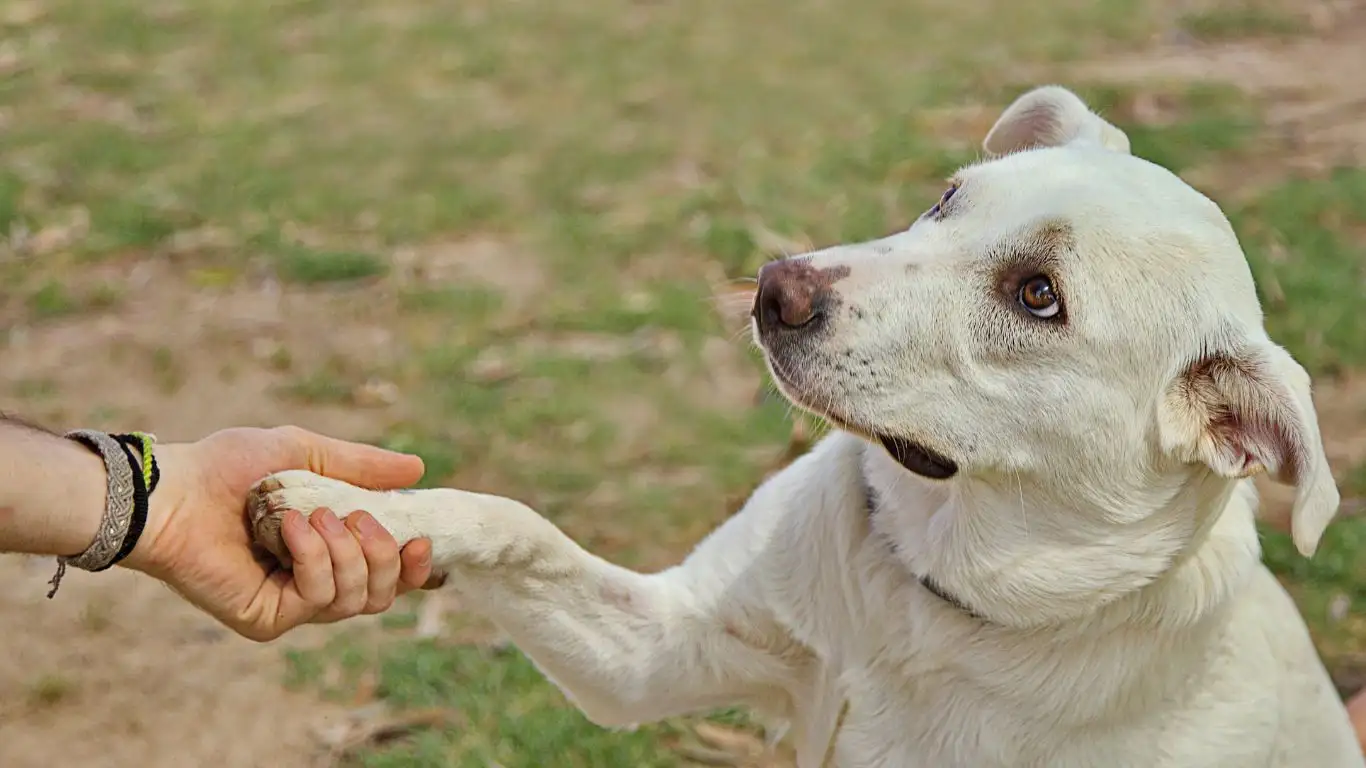
Brushing your dog regularly isn’t just about making them look nice (though that’s definitely a perk). It’s a cornerstone of overall health and well-being, and the positive effects reach far beyond a shiny coat.
- Skin health: Brushing stimulates natural oils that keep skin moisturized and healthy, reducing dryness and irritation.
- Early detection: While brushing, you can spot lumps, bumps, ticks, or cuts early—catching problems before they get serious.
- Stress relief: The rhythmic motion can be incredibly soothing for dogs, helping reduce anxiety and promote relaxation.
- Strengthening your bond: Those calm, quiet moments together build trust and deepen your relationship, which is priceless in therapy work and everyday life.
From personal experience, I’ve noticed therapy dogs who receive consistent grooming tend to perform better in their visits—not just because they’re clean, but because they feel more comfortable and secure. When your dog enjoys brushing, you’re gifting them a small routine that improves their quality of life every day.
Final Tips to Keep in Mind
- Be patient and celebrate progress: Every dog learns at their own pace. Even tiny steps forward count!
- Use gentle techniques: Think soft strokes and slow movements, not rushing through it.
- Keep sessions short and positive: Better to brush for five minutes happily than twenty minutes of stress.
- Mix up your approach: Change brush types, locations, or timing if you hit a wall.
- Trust your gut: If your dog shows signs of pain or skin issues, check with your vet before continuing grooming.
Ultimately, learning how to train a dog to enjoy routine brushing is about creating a positive, predictable experience that feels safe and rewarding. You’re not just grooming—you’re communicating love and care in a way your dog can understand.
References
Disclaimer
The information provided here is based on my professional experience as a Canine-Assisted Therapy Trainer and general best practices for dog grooming. It is intended for educational purposes only and should not replace advice from your veterinarian or a professional dog groomer, especially if your dog has specific medical or behavioral concerns. Always consult with a qualified professional if you are unsure about your pet’s health or grooming needs.
